A free road map to discover Vila Nova de Gaia
Get to know 10 places that make Vila Nova de Gaia a city not to be missed. And the best: they are all free.
On the left bank of the river Douro, in the north of Portugal, stands a hospitable city with charming landscapes, and a rich historical heritage that goes well beyond the Port wine cellars. In constant modernization, Vila Nova de Gaia offers us culture, leisure and history, from the beautiful coastline to the inland. All About Portugal has prepared an itinerary for the best free-access places of the county, without having to account for the expenses.
Corpus Christi Convent

With a privileged location, next to the river Douro, at the Cais de Gaia (Gaia quay), we find this building of great historical wealth, inaugurated in 1354. With a singular architecture, the Coro Alto stands out in its interior, with an imposing ceiling decorated with oil paintings who represent religious figures. A space of obligatory passage, which combines history and culture, and is often the stage of exhibitions, colloquiums and musical shows.
Afurada
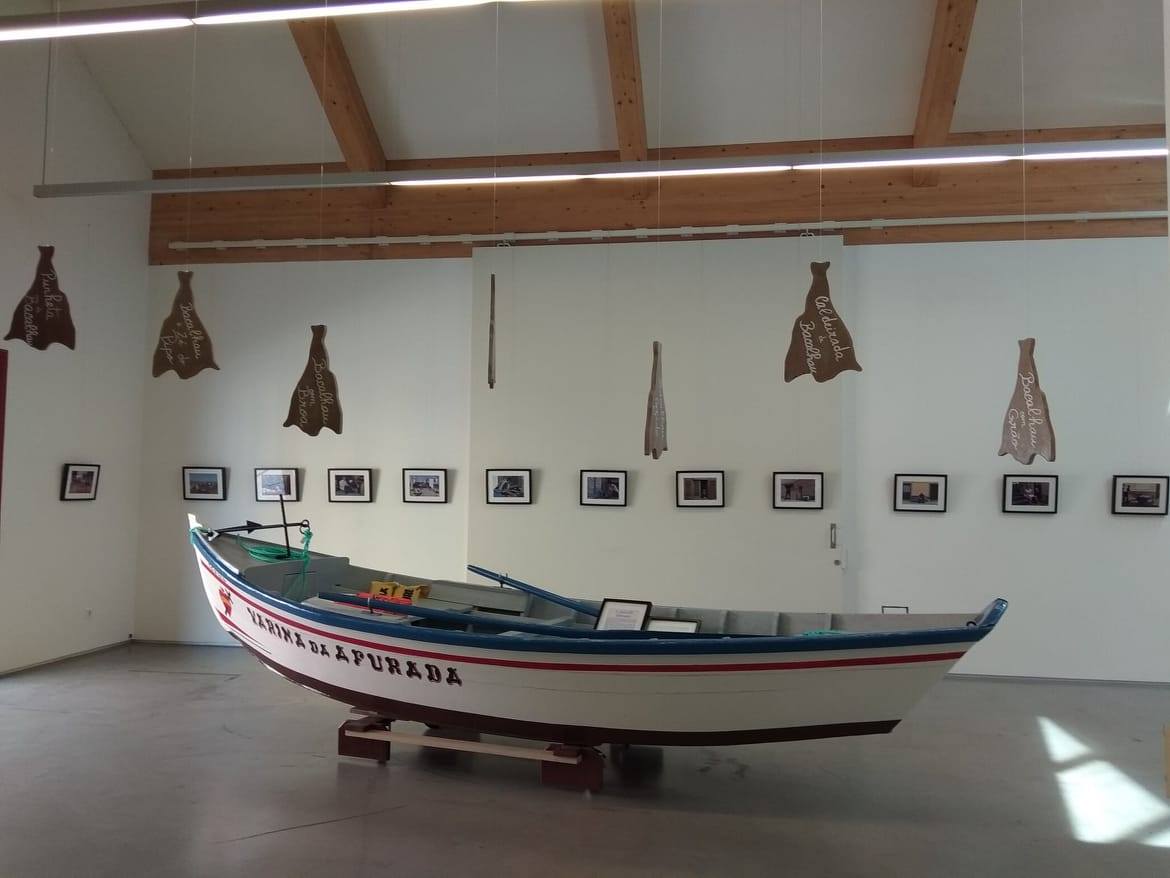
It is worth to know every corner of this small parish, rich in stories. Land of fishermen, made of genuine people, of devotion to St. Peter, of candid conversations, of the smell and flavours of the sea. To get to know this community better, you can visit the CIPA (Patrimony Interpretive Centre of Afurada), installed in an old warehouse of fish. To complement the tour, you can try the typical restaurants, some of them inserted in the Afurada Market.
Natural Reserve of the Douro Estuary
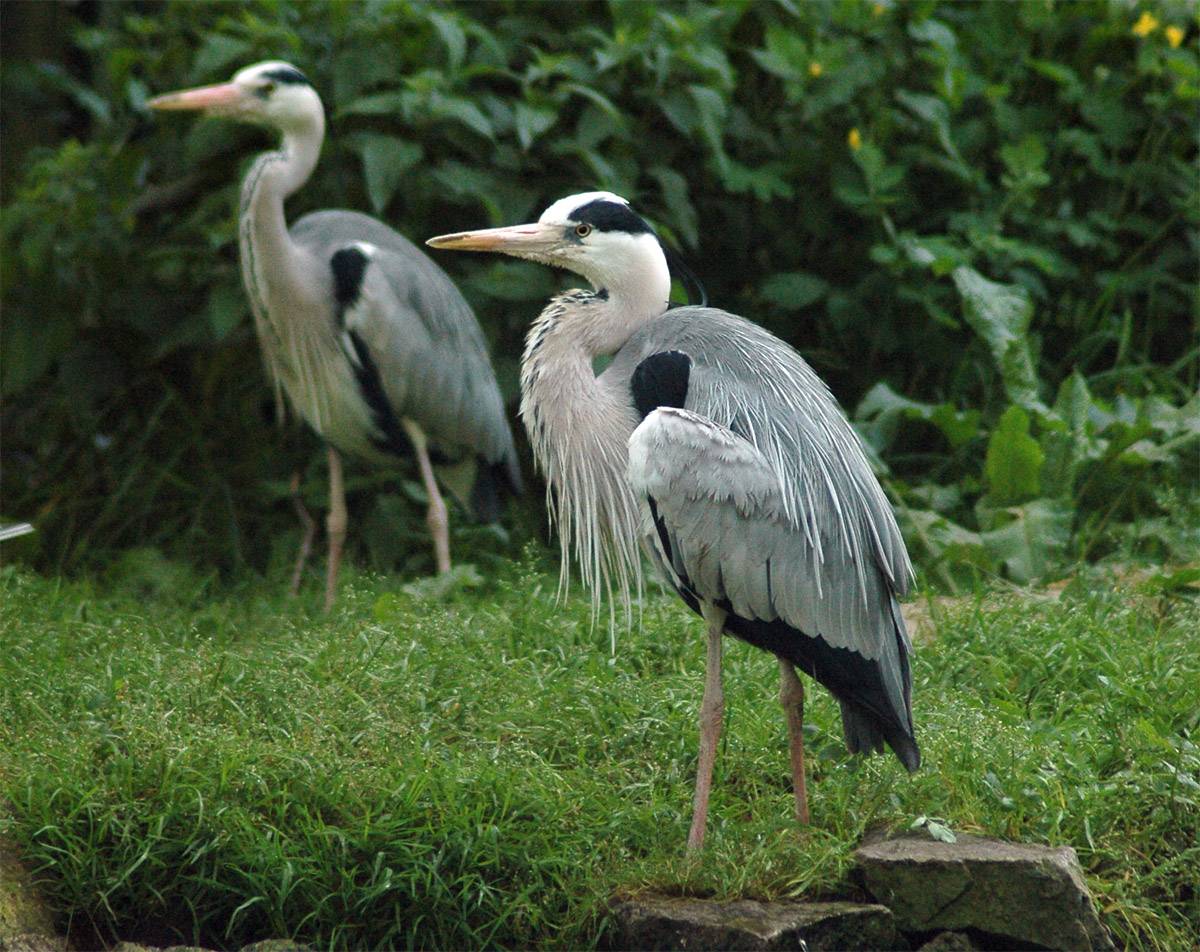
A little further on, in the parish of Canidelo, you can find the first local nature reserve in the country. There, besides being able to observe and know "in loco" several species of birds, among them seagulls, kingfishers, cormorants and herons, you can enjoy the silence and the natural landscape of this place, which includes the Bay of São Paio and the sandy area of Cabedelo. A true haven for nature lovers.
Chapel of Senhor da Pedra
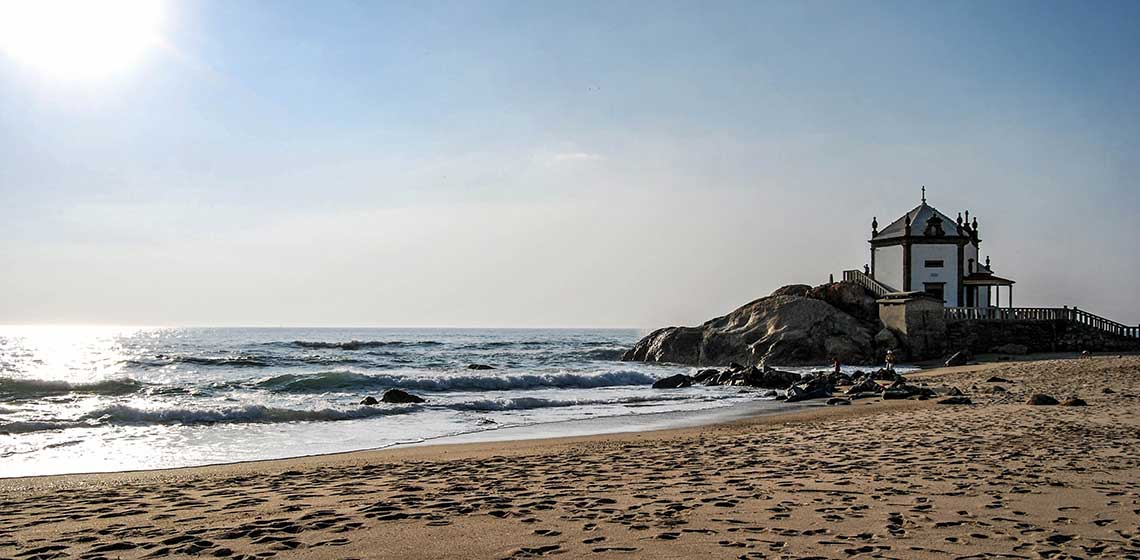
It has long been a place of worship for visitors and lovers, especially since the beach of Miramar, where it is located, was considered one of the most beautiful in Europe. The chapel, built in 1686 on a cliff, with its back to the sea, is shrouded in legends and mysticisms. It is said to have been built as a form of gratitude, following a "miracle" that had apparently saved a group of fishermen. Curiosities aside, it is a mandatory stop for anyone visiting the city.
Aguda

Continuing along the Waterfront, you will come across a picturesque fishing village. With an extensive beach, where boats are "parked" by the sea, the beach of Aguda is also known for the richness of the dunes and abundant vegetation. But more than a seaside resort, Aguda is a welcoming place, with genuine people, where traditions meet with new trends. Do not forget to enjoy the sunset on one of the beautiful terraces by the sea.
Grijó Monastery

From the coastline to the inland, in Grijó you can visit one of the most emblematic monuments of the county, as far as religious heritage is concerned. Of note is the gilded carving and the 18th century tiles in the main chapel, as well as the pipe organ, dating from the late eighteenth and early nineteenth centuries. You can also enjoy, on the exterior, the façade with Flemish influences and the centenary fountain (circa 1600). It is also worth mentioning the tomb of D. Rodrigo Sanches, classified as a National Monument.
Botanical Park of the Castelo
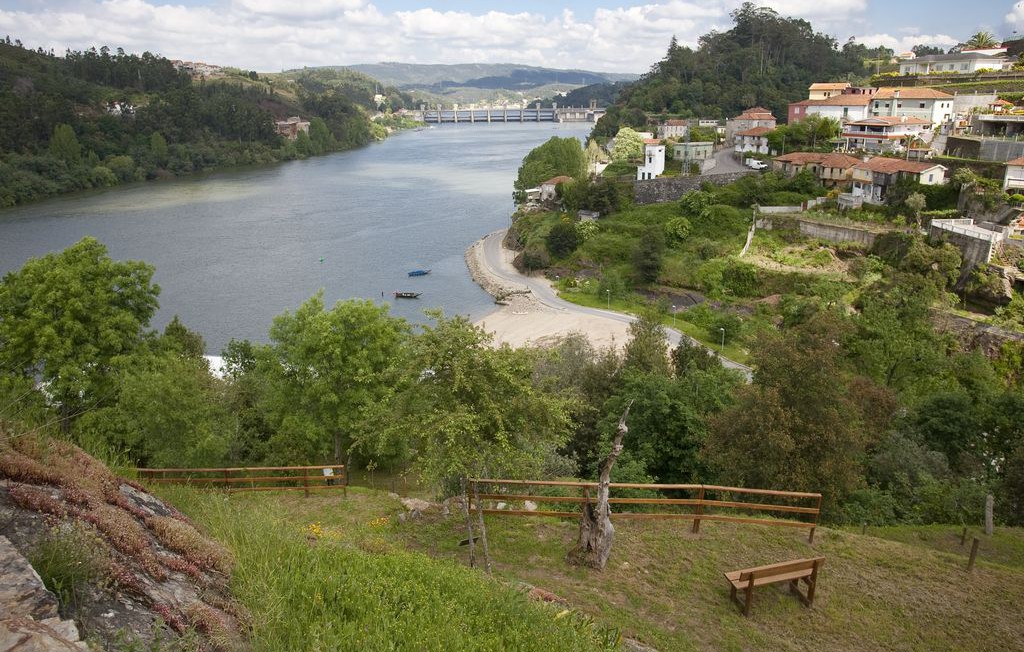
Still inside the county, in the parish of Crestuma, we can find another natural refuge, this time overlooking the Douro. The Parque Botânico do Castelo (Botanical Park of the Castelo), an old abandoned farm that the municipality has recovered, takes advantage of the native vegetation - especially of species such as ash, cork, oak and arbutus trees - and of the archaeological remains that exist there. The way to get there may be long, but we guarantee it is worth it.
Lavandeira Park
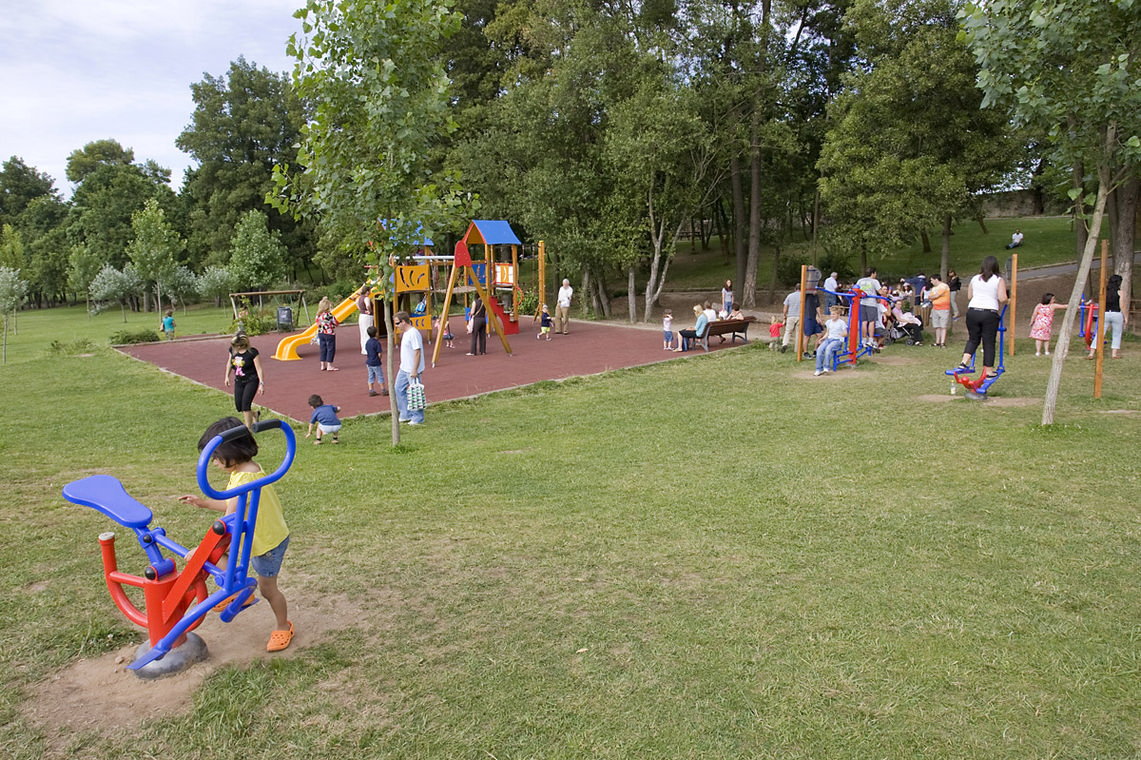
It is one of the trade marks of the city, which has been increasingly gaining importance in recent years. And with good reason: in this wide green space you can find themed gardens, a lake, playgrounds and a bar. A true "city park", chosen by families for social gatherings, picnics or simply for a walk in contact with nature. Depending on the day of your visit, you can try free yoga or tai-chi classes, which often happen at this location.
Park of the Maria Pia Bridge
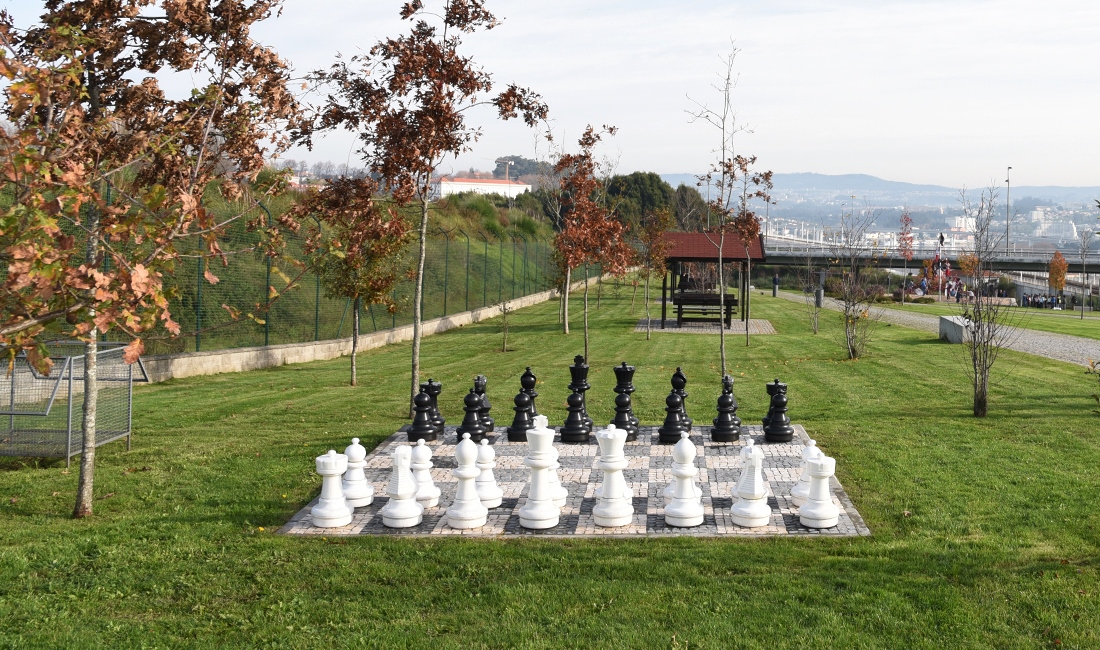
It is still unknown to some, although it was created in 2013. As a result of a rehabilitation, it includes, as well as leisure and rest areas, picnic tables and children's playground, sports equipment, namely, eight gymnastics machines. There is also a halfpipe for skateboarding and bicycle parking. If you are not a fan of sports, you can always relax in this green space of about one hectare, with the superb landscape of the Douro as background.
Garden of the Morro
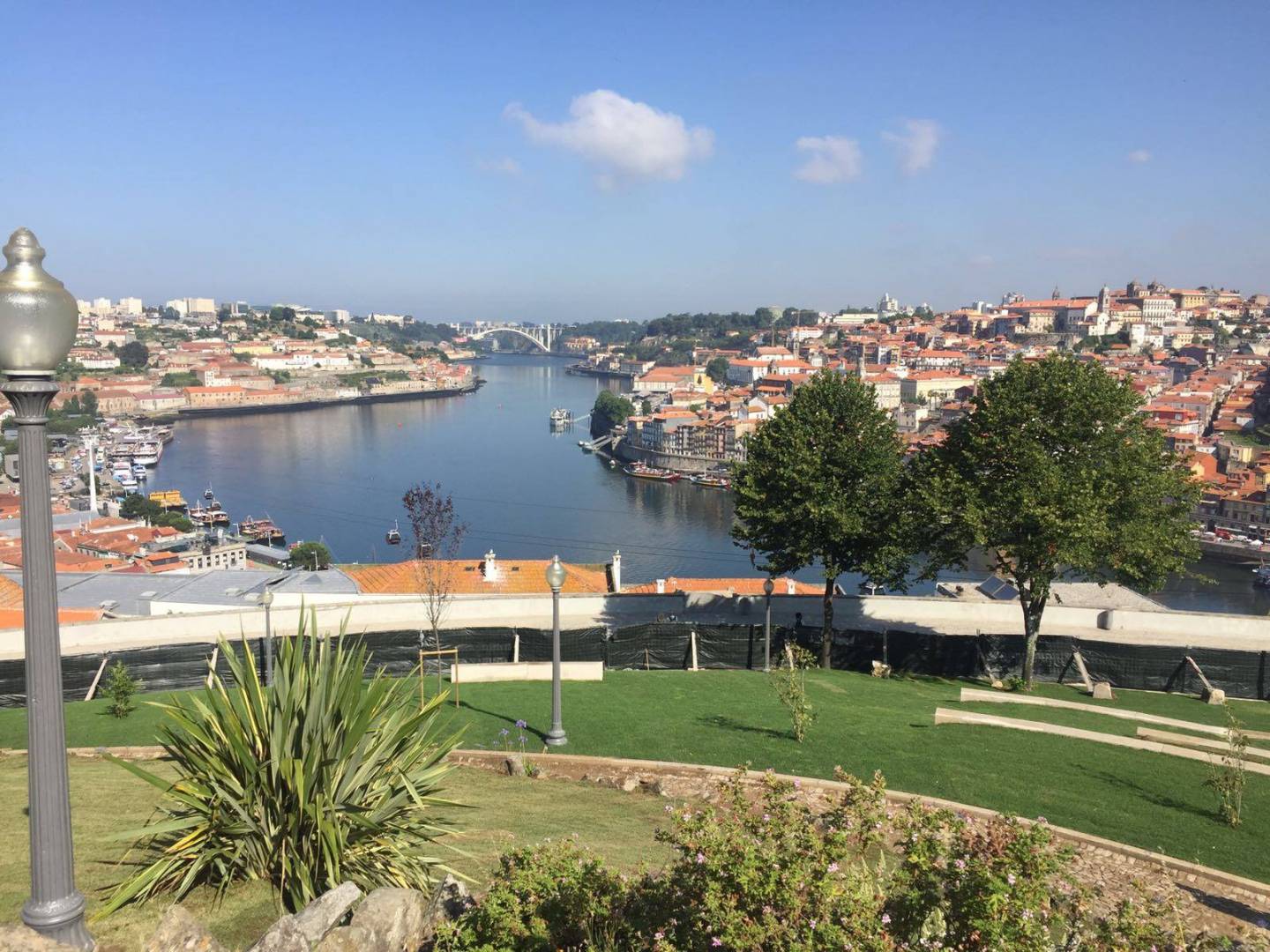
Finishing our itinerary through the city, there is nothing better than to contemplate a beautiful sunset, with a panoramic view of Porto and of Ribeira de Gaia. In Garden of the Morro there is a lake and a gazebo, a playground and a space for the elders. But it is the wide lawn that makes the delights of visitors, whether to relax or to savour the moment, taking advantage of the stunning landscape. Sometimes it is a stage for shows, concerts and handicraft fairs.
Recommended
